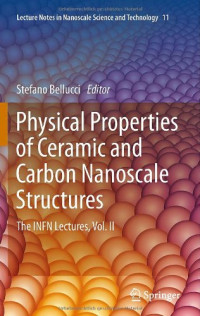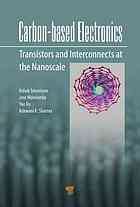
Carbon Nanotubes
BJÖRN HORNBOSTEL, MIRO HALUSKA, JIRKA CECH, URSULA DETTLAFF, SIEGMAR ROTH (auth.), Valentin N. Popov, Philippe Lambin (eds.)
It is about 15 years that the carbon nanotubes have been discovered by Sumio Iijima in a transmission electron microscope. Since that time, these long hollow cylindrical carbon molecules have revealed being remarkable nanostructures for several aspects. They are composed of just one element, Carbon, and are easily produced by several techniques. A nanotube can bend easily but still is very robust. The nanotubes can be manipulated and contacted to external electrodes. Their diameter is in the nanometer range, whereas their length may exceed several micrometers, if not several millimeters. In diameter, the nanotubes behave like molecules with quantized energy levels, while in length, they behave like a crystal with a continuous distribution of momenta. Depending on its exact atomic structure, a single-wall nanotube –that is to say a nanotube composed of just one rolled-up graphene sheet– may be either a metal or a semiconductor. The nanotubes can carry a large electric current, they are also good thermal conductors. It is not surprising, then, that many applications have been proposed for the nanotubes. At the time of writing, one of their most promising applications is their ability to emit electrons when subjected to an external electric field. Carbon nanotubes can do so in normal vacuum conditions with a reasonable voltage threshold, which make them suitable for cold-cathode devices.
الفئات:
عام:
2006
الإصدار:
1
الناشر:
Springer Netherlands
اللغة:
english
الصفحات:
253
ISBN 10:
1402045743
ISBN 13:
9781402045745
سلسلة الكتب:
NATO Science Series II: Mathematics, Physics and Chemistry 222
ملف:
PDF, 6.42 MB
IPFS:
,
english, 2006
 Amazon
Amazon  Barnes & Noble
Barnes & Noble  Bookshop.org
Bookshop.org  حول الملفات
حول الملفات المزيد من نتائج البحث
المزيد من نتائج البحث مميزات أخري
مميزات أخري 

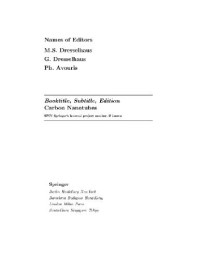
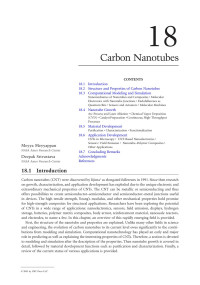
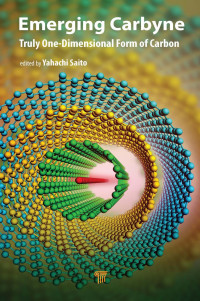
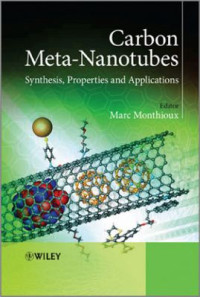


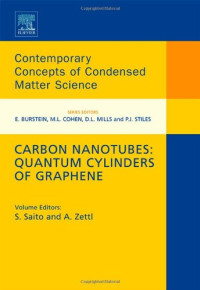

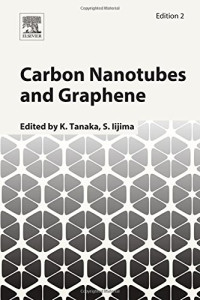

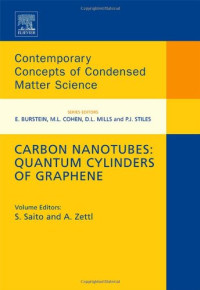
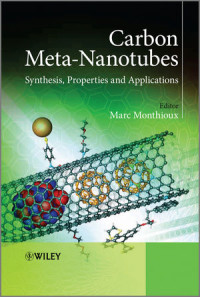
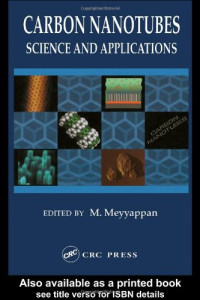



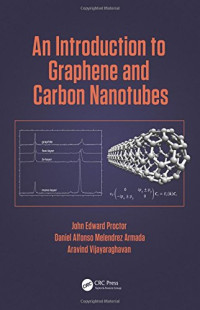
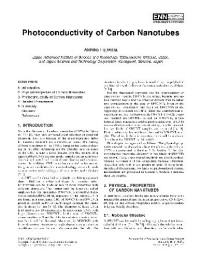


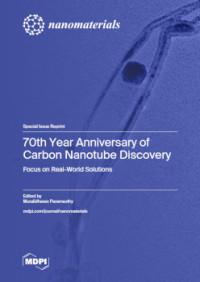
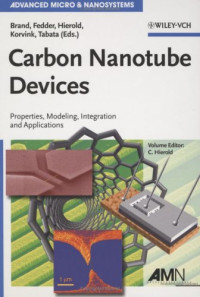
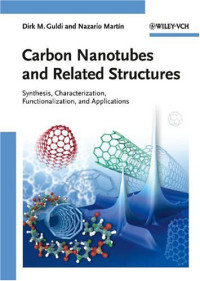
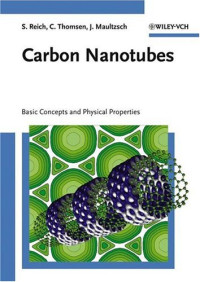
![Dresselhaus Mildred S. (ed.); Dresselhaus Gene (ed.); Avouris Phaedon (ed.) — Carbon Nanotubes - Synthesis, Structure, Properties, and Applications [неполный]](https://s3proxy.cdn-zlib.se/covers200/collections/genesis/4591c75381f128c9630999d13234cf821d15ea7b8192bac2ae1af02474df8a4d.jpg)

